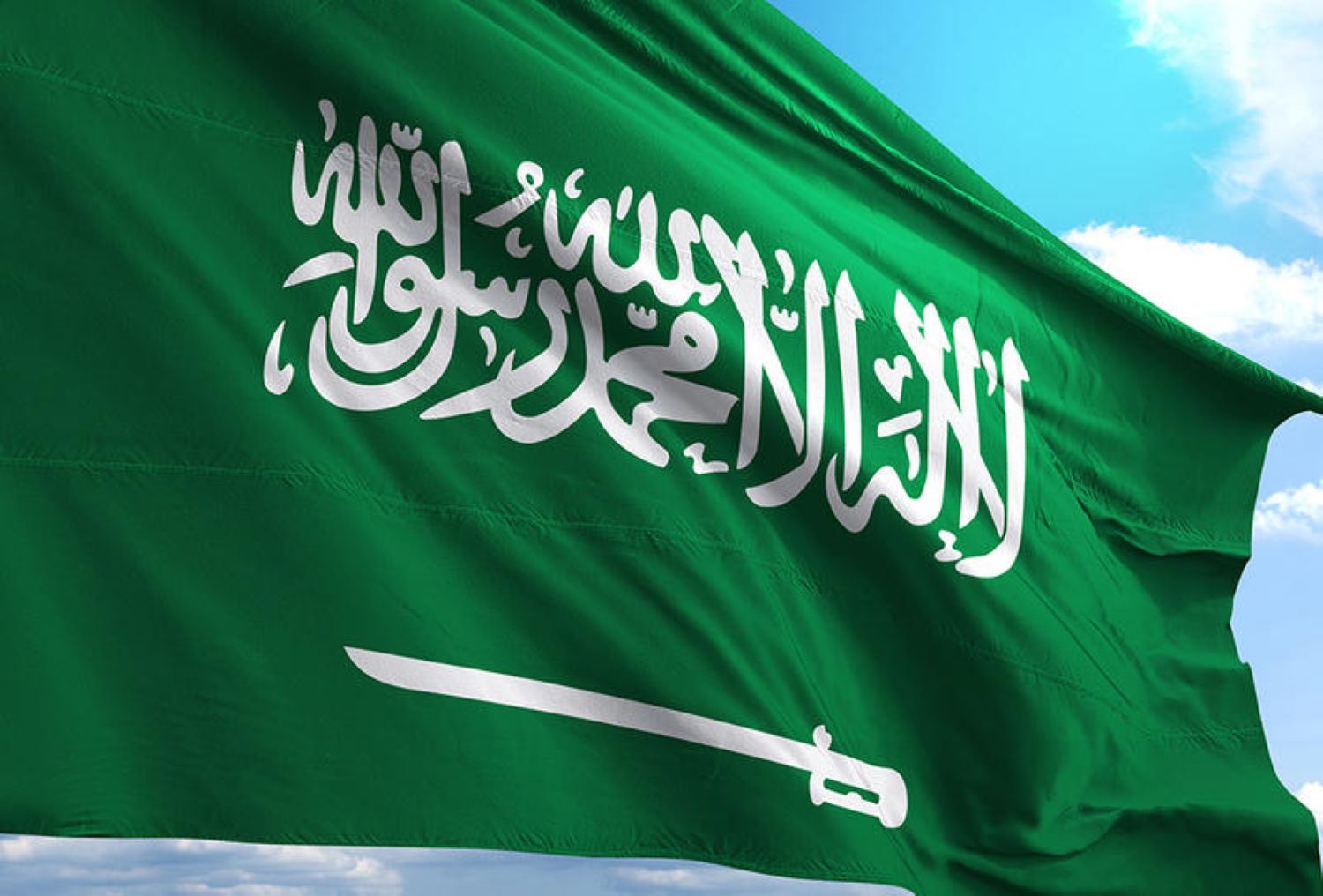RIYADH, SAUDI ARABIA – The seasonally adjusted Riyadh Bank Saudi Arabia Purchasing Managers’ Index (PMI), formerly S&P Global Saudi Arabia PMI, rose to 57.2 points in February.
The PMI is a weighted average of five indices – new orders, output, employment, suppliers’ delivery times, stocks of purchases.
The PMI fell to 55.4 points in January 2024.
In January, the index reached its lowest level in two years, indicating a strong but weaker improvement in Saudi non-oil private sector.
As a result, business activity levels expanded at their slowest pace since the beginning of 2022, although the improvement remained generally strong and widespread across the sectors under study.
The index indicated rising inflationary pressures, as higher demand for production inputs, faster rises in staff costs and greater supply chain risks led to the largest increase in purchasing activity since mid-2012.
However, output prices rose modestly amid greater competition to boost sales.
High levels of new business led to an increase in demand for production inputs, with sharp growth of purchasing activity and inventory holdings.
Companies showed cautious optimism for the coming year as demand growth slowed down and profit margins witnessed pressure.








